Discover Mozambique: A Jewel of Southeast Africa
Introduction:
Mozambique, officially the Republic of Mozambique, is a country located in Southeast Africa bordered by the Indian Ocean to the east, Tanzania to the north, Malawi and Zambia to the northwest, Zimbabwe to the west, and Eswatini (Swaziland) and South Africa to the southwest. Its capital and largest city is Maputo.
The geography of Mozambique is characterized by its extensive coastline, which is dotted with beautiful beaches, coral reefs, and islands. The interior is made up of lowlands, uplands, and highlands, offering diverse landscapes. The country has a tropical climate with two distinct seasons: a wet season from November to April and a dry season from May to October.
Economically, Mozambique is rich in natural resources, including natural gas, coal, titanium, and hydroelectric potential. Agriculture is a key sector, employing the majority of the workforce. The country has experienced significant economic growth in recent years, although it remains one of the world’s poorest and most underdeveloped nations.
Culturally, Mozambique is a melting pot of various influences due to its long history of trade and colonization. The culture is a blend of African, Arab, and Portuguese influences, reflected in its music, dance, and cuisine. Portuguese is the official language, and the country is known for its vibrant arts scene and traditional dances such as the marabenta.
Politically, Mozambique is a presidential republic. The country gained independence from Portugal in 1975, followed by a prolonged civil war that lasted until 1992. Since then, Mozambique has been working towards political stability and economic development.
Tourism is an emerging industry in Mozambique, with attractions including pristine beaches, national parks, and cultural heritage sites. Popular destinations include the Bazaruto Archipelago, Gorongosa National Park, and the historic island of Ilha de Moçambique.
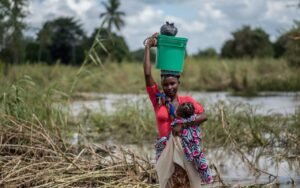
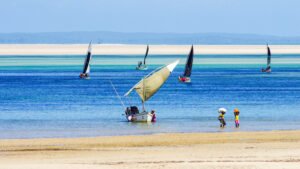
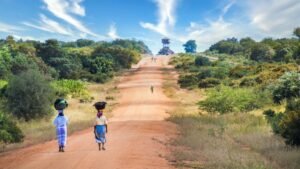
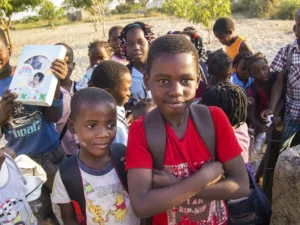
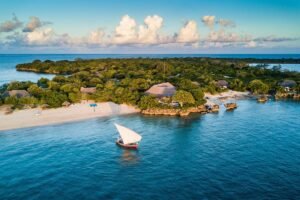
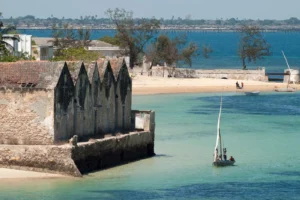
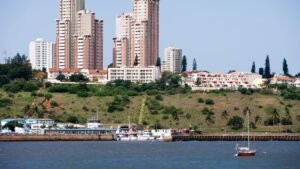
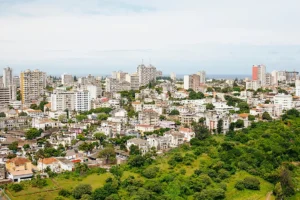
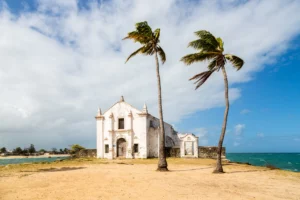
110 Facts About Mozambique (2024) (Part 1)
Basic Information
| Category | Details |
|---|---|
| 1. Current Name | Mozambique |
| 2. National Name | República de Moçambique |
| 3. Former Names | Portuguese East Africa |
| 4. Date of Establishment | June 25, 1975 |
| 5. Date of Independence | June 25, 1975 (from Portugal) |
| 6. Leadership | President: Filipe Nyusi |
| 7. Government Type | Presidential republic |
Geography
| Category | Details |
|---|---|
| 8. Capital City | Maputo |
| 9. Important Cities | Beira, Nampula, Quelimane, Tete, Nacala |
| 10. Land Area | 801,590 square kilometers |
| 11. Total Area | 801,590 square kilometers |
| 12. Neighboring Countries (Land) | Tanzania, Malawi, Zambia, Zimbabwe, Eswatini, South Africa |
| 13. Neighboring Countries (Sea) | Indian Ocean |
| 14. UNESCO World Heritage Sites | Island of Mozambique, (1 site) |
| 15. UNESCO World Natural Sites | N/A |
| 16. Climate | Tropical climate |
| 17. Biodiversity | Rich in flora and fauna, including elephants, lions, and marine life |
| 18. Famous River | Zambezi River |
| 19. Famous Mountain | Mount Binga |
| 20. Coastline Length | 2,470 kilometers |
| 21. Major Islands | Bazaruto Archipelago, Quirimbas Islands |
| 22. Longest River | Zambezi River |
| 23. Highest Waterfall | Montepuez Falls |
| 24. Largest Lake | Lake Cahora Bassa |
| 25. Largest Forest | Niassa Reserve |
Population
| Category | Details |
|---|---|
| 26. Population (2024) | Approximately 33 million |
| 27. Population (1950) | 6.4 million |
| 28. Population (1900) | 3.1 million |
| 29. Projected Population (2070) | 50 million |
| 30. Population Density | 41 people per square kilometer |
| 31. Urban Population (%) | 38% |
| 32. Rural Population (%) | 62% |
Demographics
| Category | Details |
|---|---|
| 33. Ethnicity/Race | African (99.66%), Mixed (0.2%), Other (0.14%) |
| 34. Languages | Portuguese (official), Makhuwa, Sena, Tsonga |
| 35. National Language | Portuguese |
| 36. Religion | Christianity (56.1%), Islam (17.9%), Other (26%) |
| 37. Median Age | 17.3 years |
| 38. Life Expectancy | 61.2 years |
| 39. Birth Rate | 37.6 births per 1,000 people |
| 40. Death Rate | 9.9 deaths per 1,000 people |
Economic Indicators
| Category | Details |
|---|---|
| 41. Monetary Unit | Mozambican Metical (MZN) |
| 42. GDP | $16.6 billion (2022 est.) |
| 43. GDP per Capita (PPP) | $1,370 (2022 est.) |
| 44. Income Level | Low income |
| 45. Consumer Price Inflation | 5.5% (2022 est.) |
| 46. Current Account Balance | -$2.2 billion (2022 est.) |
| 47. Exchange Rate (Per $) | 1 USD = 63 MZN |
| 48. Unemployment Rate | 24% (2022 est.) |
| 49. Stocks Inward ($ billion) | 1.8 (2022 est.) |
| 50. Real GDP Growth (%) | 4.5% (2022 est.) |
| 51. Labor Force (Million) | 14 million |
| 52. Major Industries | Aluminum, petroleum, chemicals, textiles, cement, glass |
| 53. Major Exports | Aluminum, prawns, cashews, cotton, sugar |
| 54. Major Imports | Machinery, vehicles, fuel, chemicals |
| 55. Public Debt (% of GDP) | 102% (2022 est.) |
| 56. Tax Revenue (% of GDP) | 24% (2022 est.) |
| 57. Minimum Wage | 5,200 MZN per month |
| 58. Average Household Income | 47,000 MZN per year |
| 59. Inflation Rate | 5.5% (2022) |
| 60. Interest Rate | 10.25% (2022) |
| 61. Major Trade Partners | South Africa, China, India, Portugal, Netherlands |
Social Indicators
| Category | Details |
|---|---|
| 62. Literacy Rate | 62.2% |
| 63. Fertility Rate | 4.7 children per woman |
| 64. Infant Mortality Rate | 58.2 per 1,000 live births |
| 65. Under-5 Mortality Rate | 79.2 per 1,000 live births |
| 66. National Holidays | Independence Day, Heroes’ Day, Christmas |
| 67. Health Care System | Underdeveloped, with major improvements needed |
| 68. Health Expenditure (% of GDP) | 6.5% (2022 est.) |
| 69. Obesity Rate | 6.9% of adults |
| 70. Drinking Water Source | 71% of the population has access to clean drinking water |
| 71. Access to Sanitation | 24% of the population has access to improved sanitation |
Social Indicators (continued)
| Category | Details |
|---|---|
| 72. Average Life Satisfaction | 5.0/10 |
| 73. Major Health Issues | HIV/AIDS, malaria, tuberculosis |
Culture and Society
| Category | Details |
|---|---|
| 74. National Sport | Football (Soccer) |
| 75. National Animal | African Elephant |
| 76. National Flower | Maroon Bell Flower |
| 77. Famous Cuisine | Piri Piri Chicken, Matapa, Pão |
| 78. Famous Music | Marrabenta, Timbila |
| 79. Major Festivals | Azgo Festival, Independence Day Celebrations |
| 80. Traditional Dance | Mapiko, Marrabenta |
| 81. Famous Artists | Malangatana Ngwenya, Alberto Chissano |
| 82. Famous Writers | Mia Couto, Paulina Chiziane |
| 83. Cultural Influences | African, Portuguese, Arab |
| 84. Popular Sports | Basketball, Track and Field |
| 85. Religious Practices | Christianity, Islam, Indigenous beliefs |
Education
| Category | Details |
|---|---|
| 86. Best Public University | Eduardo Mondlane University |
| 87. Education Expenditure (% of GDP) | 6.5% (2022 est.) |
| 88. Literacy Rate | 62.2% |
| 89. Primary School Enrollment | 86% |
| 90. Secondary School Enrollment | 32% |
| 91. Higher Education Enrollment | 7% |
| 92. Major Fields of Study | Agriculture, Engineering, Health Sciences |
| 93. Number of Universities | 48 |
| 94. International Students | 3,000 |
| 95. Graduation Rate | 30% (high school) |
Environment
| Category | Details |
|---|---|
| 96. Pollution Levels | Moderate, with urban areas experiencing higher levels |
| 97. Forest Coverage | 51% of total land area |
| 98. Protected Areas | 13% of land area protected |
| 99. Renewable Energy Use | 22% of total energy consumption (2022) |
| 100. Endangered Species | African Wild Dog, Dugong |
| 101. National Parks | Gorongosa National Park, Limpopo National Park |
| 102. Environmental Policies | Focus on reforestation and wildlife conservation |
International Standing
| Category | Details |
|---|---|
| 103. Military Strength | Moderate |
| 104. Country Rank | 180th in Human Development Index (2022) |
| 105. Happiness Rank | 130th (World Happiness Report, 2022) |
| 106. Passport Rank | 88th (Henley Passport Index, 2022) |
| 107. Tourism Rank | 111th (UNWTO Tourism Ranking, 2019) |
| 108. Global Economy Rank | 124th (World Bank, 2022) |
| 109. Science and Technology Rank | 139th (Global Innovation Index, 2021) |
| 110. Space Program | Developing |
History of Mozambique
Mozambique’s history is marked by waves of migration, colonization, and conflict. The region was initially inhabited by Bantu-speaking peoples who established agricultural and trading communities. In the 10th century, Arab traders settled along the coast, bringing Islam and establishing trade routes.
The Portuguese arrived in the late 15th century, with Vasco da Gama’s voyage to India in 1498 marking the beginning of European colonization. The Portuguese established trading posts and forts, exerting control over the region’s trade and resources. Mozambique remained a Portuguese colony for over four centuries, during which time the local population experienced exploitation and harsh colonial rule.
The struggle for independence began in the mid-20th century, led by the Mozambique Liberation Front (FRELIMO). After a protracted armed struggle, Mozambique gained independence from Portugal on June 25, 1975. The early years of independence were marked by a civil war between FRELIMO and the anti-communist rebel group RENAMO, lasting from 1977 to 1992.
The civil war caused widespread destruction and loss of life. A peace agreement was signed in 1992, and since then, Mozambique has made significant strides in rebuilding its economy and infrastructure. However, the country continues to face challenges, including political instability, poverty, and periodic natural disasters.
The Flag of Mozambique
The flag of Mozambique is unique and symbolic, reflecting the country’s history and struggles. It was adopted on May 1, 1983. The flag consists of three horizontal stripes of green, black, and yellow, separated by white fimbriations, with a red triangle on the hoist side containing a yellow star, a book, a hoe, and an AK-47 rifle.
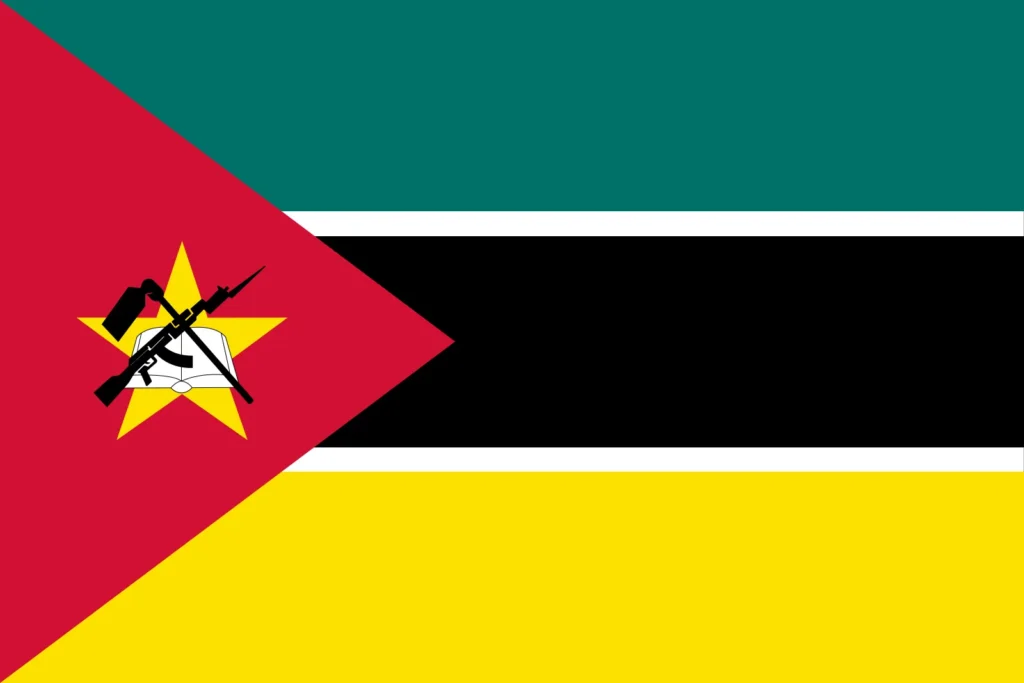
- Green stripe: Represents the richness of the land.
- Black stripe: Stands for the African continent.
- Yellow stripe: Symbolizes the country’s mineral wealth.
- White fimbriations: Signify peace.
- Red triangle: Stands for the struggle for independence.
- Yellow star: Represents Marxism and internationalism.
- Book, hoe, and rifle: Symbolize education, agriculture, and defense, respectively.
The combination of these elements reflects Mozambique’s revolutionary past, its aspirations for development and peace, and its commitment to education and agriculture.
References
- “Mozambique.” Encyclopædia Britannica. britannica.com
- “History of Mozambique.” History.com. history.com
- “The Flag of Mozambique.” CIA World Factbook. cia.gov
- “Mozambican Economy.” World Bank. worldbank.org
- “UNESCO World Heritage Sites in Mozambique.” UNESCO. unesco.org
-
Top 10 Hunting Resorts in Asia
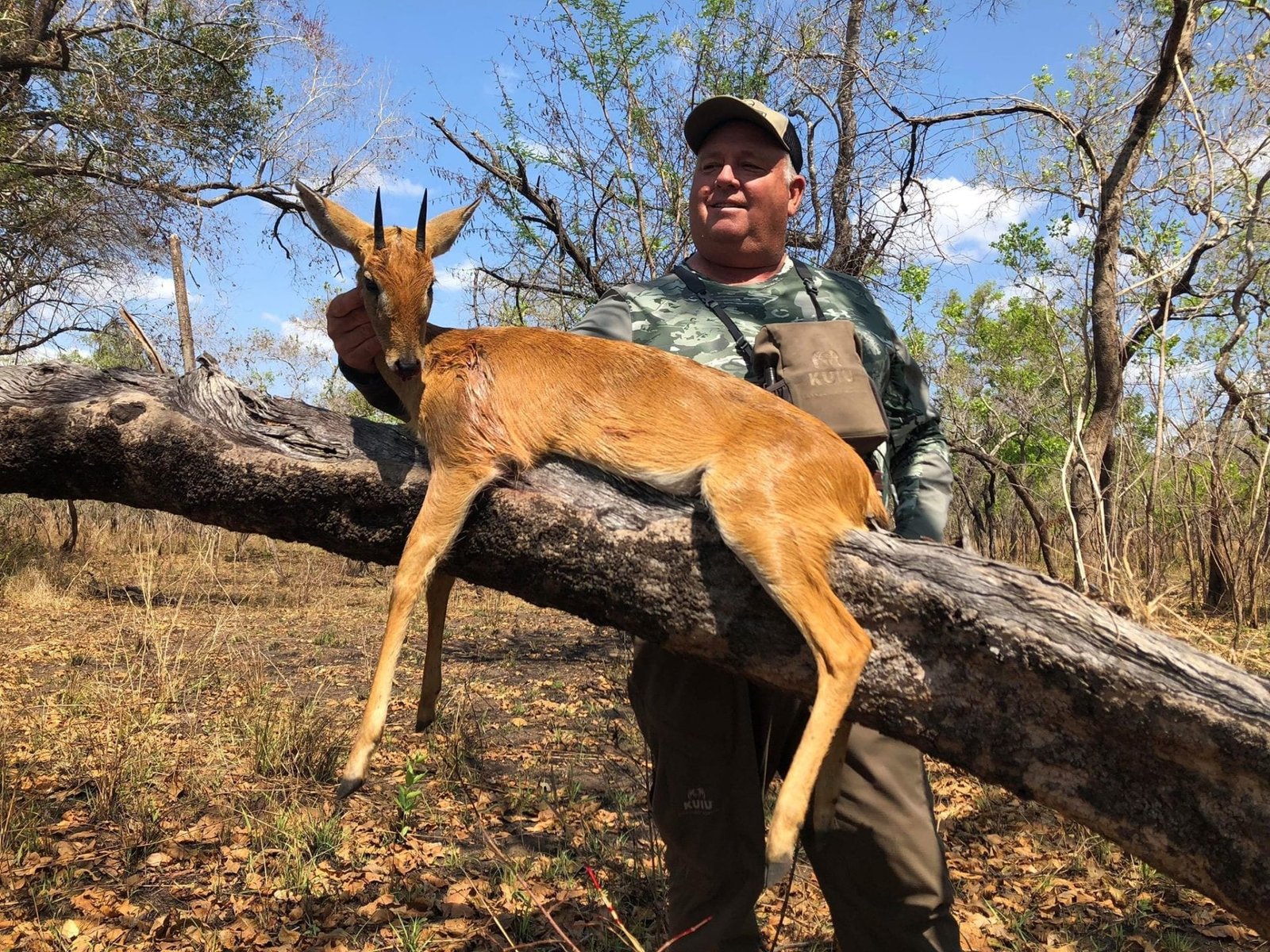
Asia offers a unique blend of hunting experiences, from the rugged mountains to dense forests, and each resort provides a unique combination of luxury and adventure. Here are the top…
Top 10 Hunting Resorts in Asia
Asia offers a unique blend of hunting experiences, from the rugged mountains to dense forests,…
Top 10 Cheapest Hunting Destinations in the World
Hunting can be an expensive hobby, but there are several destinations around the world where…
Top 10 Most Expensive and Luxury Hunting Resorts in the World
For those seeking the ultimate luxury hunting experience, these destinations offer world-class amenities, exclusive game,…
Top 10 Most Expensive and Luxury Destinations in the World
Experience the Pinnacle of Opulence at These Luxury Travel Destinations For those seeking the epitome…
Top 10 Historical Reserves in the World
Explore the World’s Most Fascinating Historical Reserves Visiting historical reserves offers a unique glimpse into…
Top 10 Cheapest Travel Destinations in 2024
Explore These Budget-Friendly Cities Around the World Traveling on a budget doesn’t mean you have…
-
Top 10 Cheapest Hunting Destinations in the World
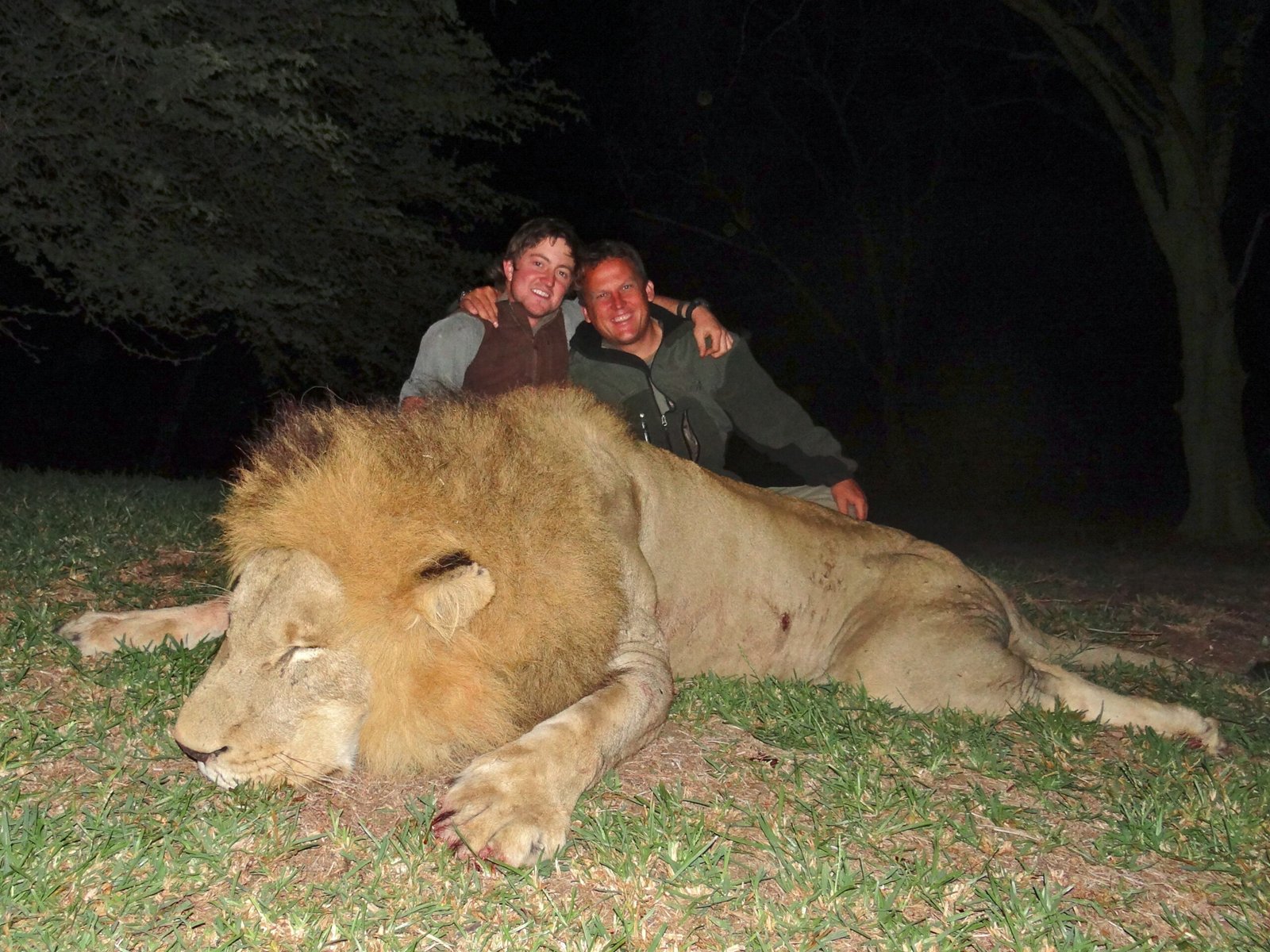
Hunting can be an expensive hobby, but there are several destinations around the world where you can enjoy this activity without breaking the bank. Here are ten of the most…
Top 10 Hunting Resorts in Asia
Asia offers a unique blend of hunting experiences, from the rugged mountains to dense forests,…
Top 10 Cheapest Hunting Destinations in the World
Hunting can be an expensive hobby, but there are several destinations around the world where…
Top 10 Most Expensive and Luxury Hunting Resorts in the World
For those seeking the ultimate luxury hunting experience, these destinations offer world-class amenities, exclusive game,…
Top 10 Most Expensive and Luxury Destinations in the World
Experience the Pinnacle of Opulence at These Luxury Travel Destinations For those seeking the epitome…
Top 10 Historical Reserves in the World
Explore the World’s Most Fascinating Historical Reserves Visiting historical reserves offers a unique glimpse into…
Top 10 Cheapest Travel Destinations in 2024
Explore These Budget-Friendly Cities Around the World Traveling on a budget doesn’t mean you have…
-
Top 10 Most Expensive and Luxury Hunting Resorts in the World

For those seeking the ultimate luxury hunting experience, these destinations offer world-class amenities, exclusive game, and unparalleled services. Here are the top ten most expensive and luxurious hunting resorts in…
Top 10 Hunting Resorts in Asia
Asia offers a unique blend of hunting experiences, from the rugged mountains to dense forests,…
Top 10 Cheapest Hunting Destinations in the World
Hunting can be an expensive hobby, but there are several destinations around the world where…
Top 10 Most Expensive and Luxury Hunting Resorts in the World
For those seeking the ultimate luxury hunting experience, these destinations offer world-class amenities, exclusive game,…
Top 10 Most Expensive and Luxury Destinations in the World
Experience the Pinnacle of Opulence at These Luxury Travel Destinations For those seeking the epitome…
Top 10 Historical Reserves in the World
Explore the World’s Most Fascinating Historical Reserves Visiting historical reserves offers a unique glimpse into…
Top 10 Cheapest Travel Destinations in 2024
Explore These Budget-Friendly Cities Around the World Traveling on a budget doesn’t mean you have…
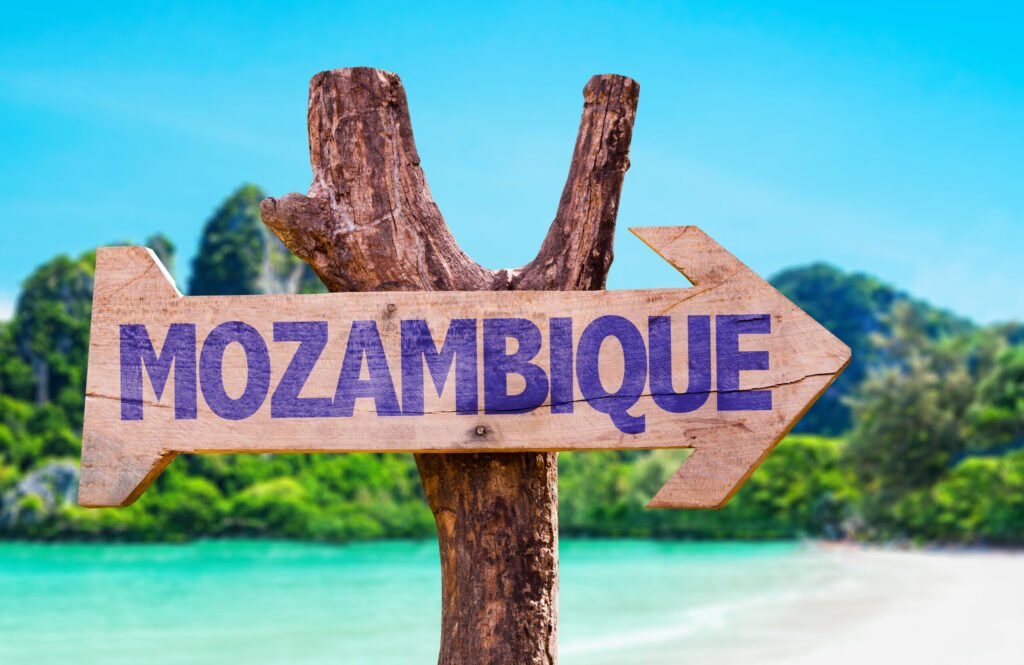
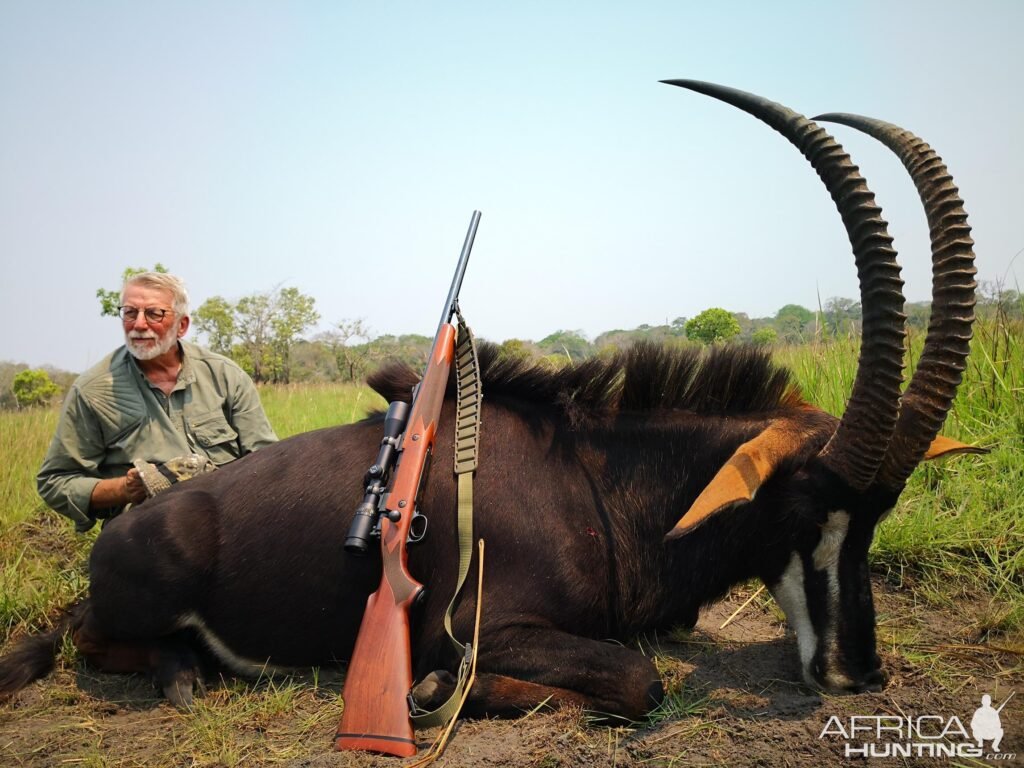
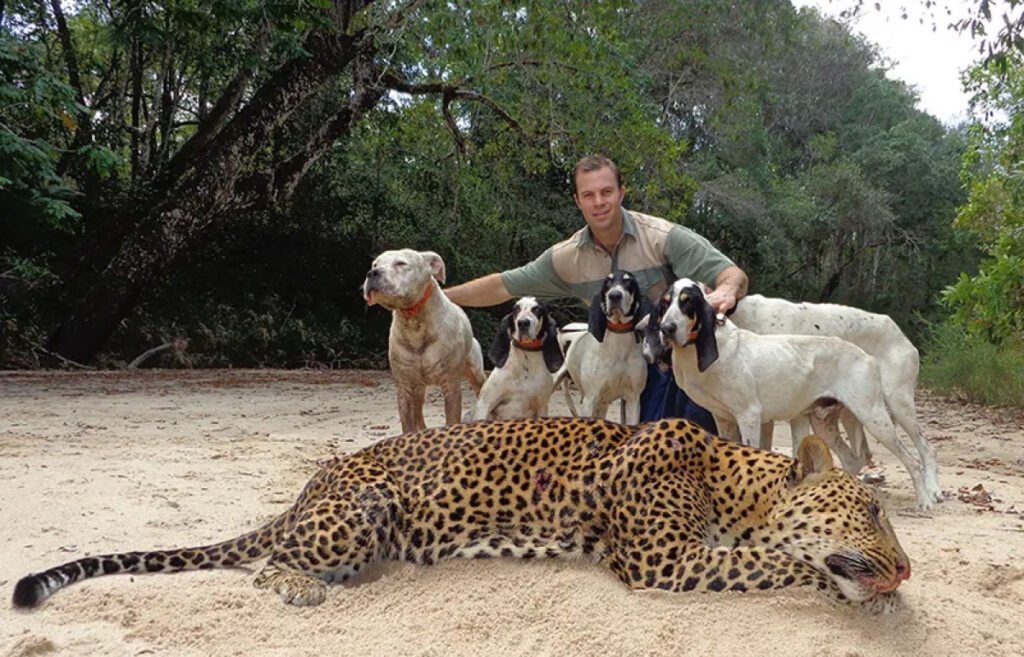
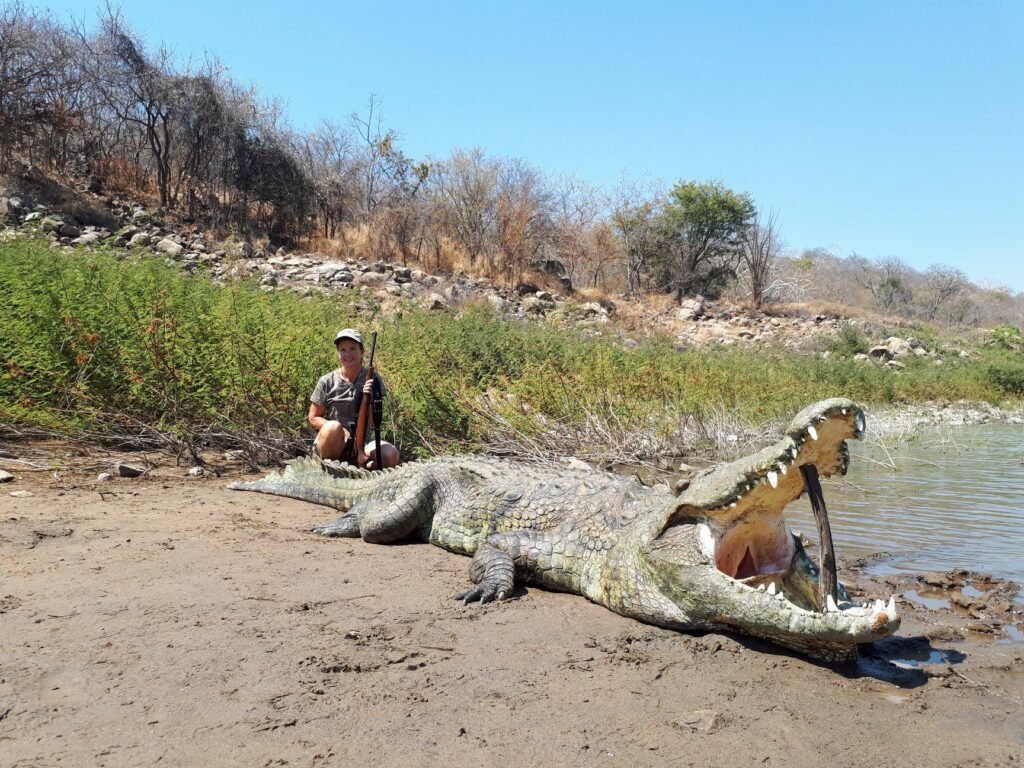
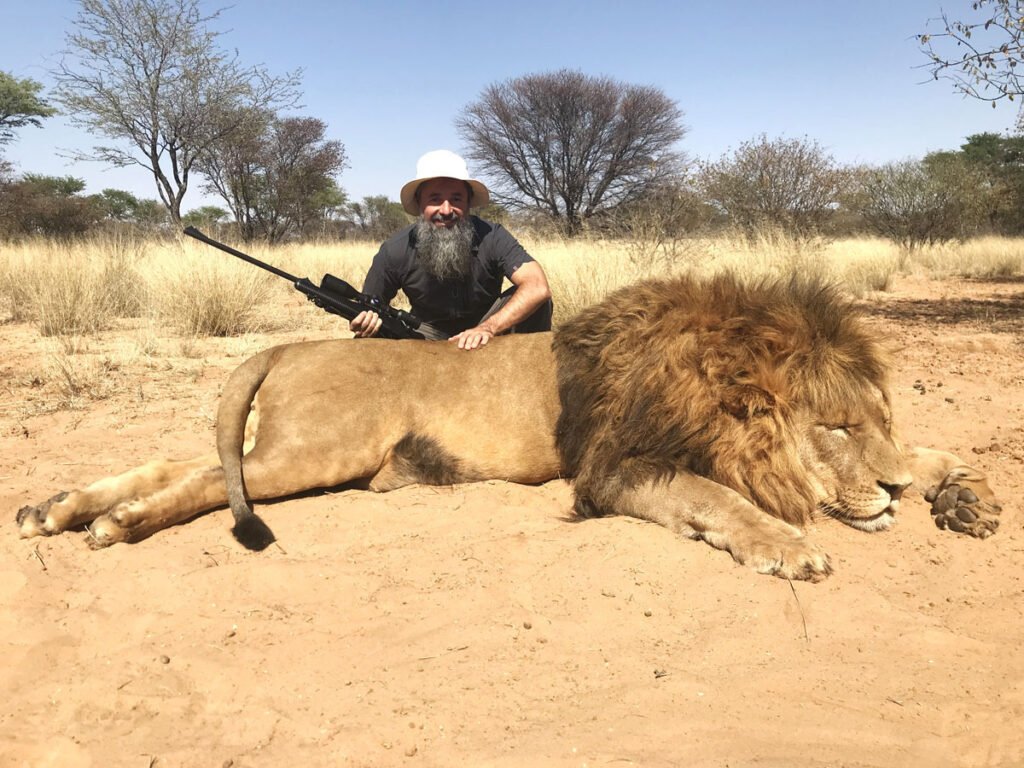
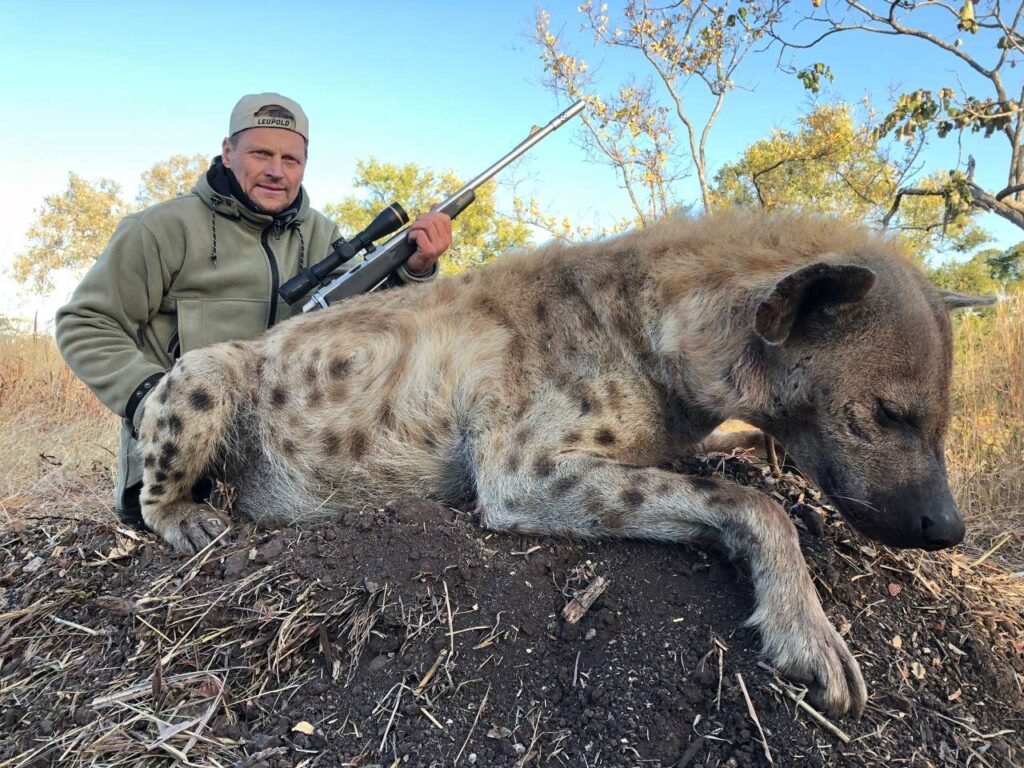
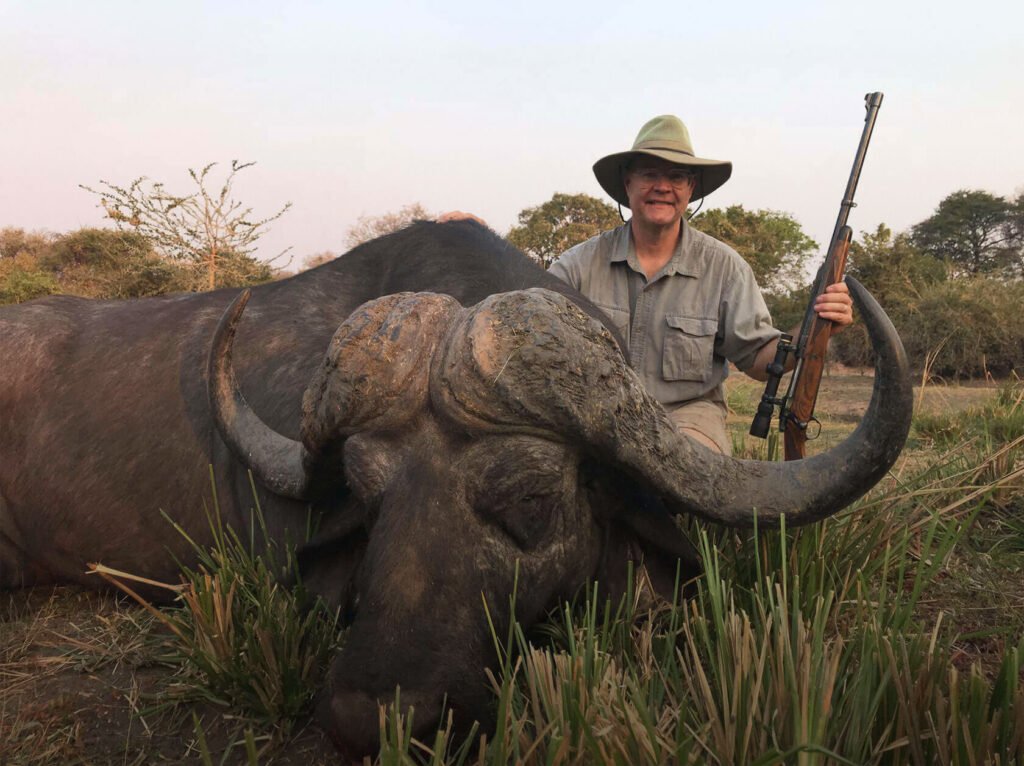



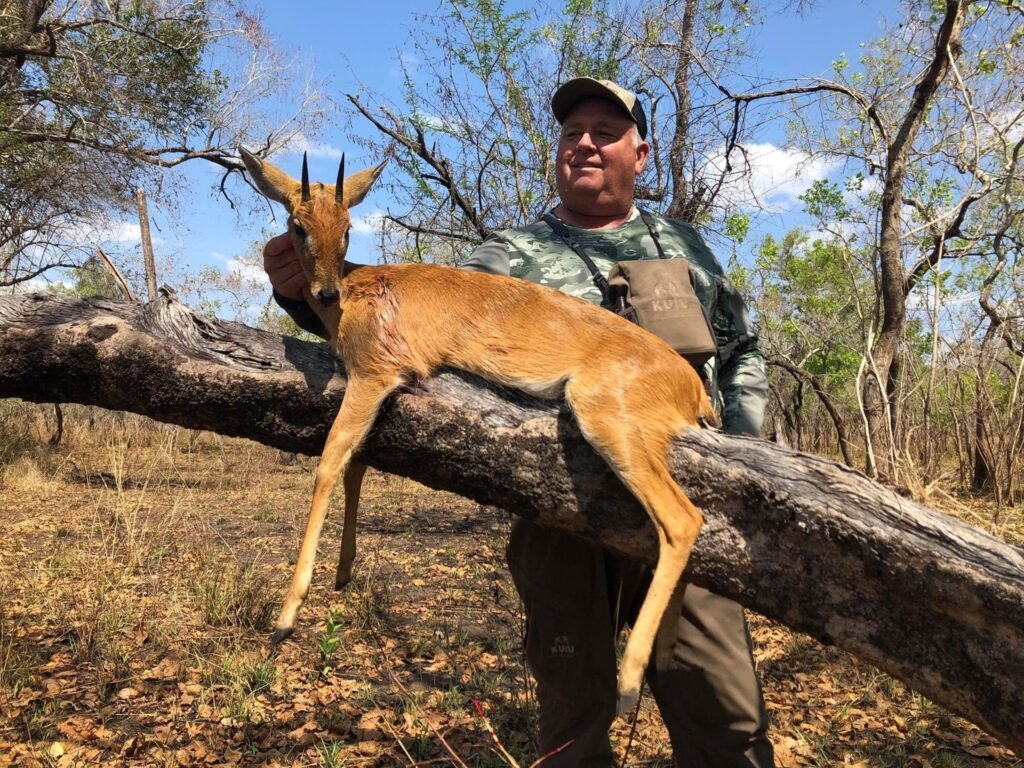
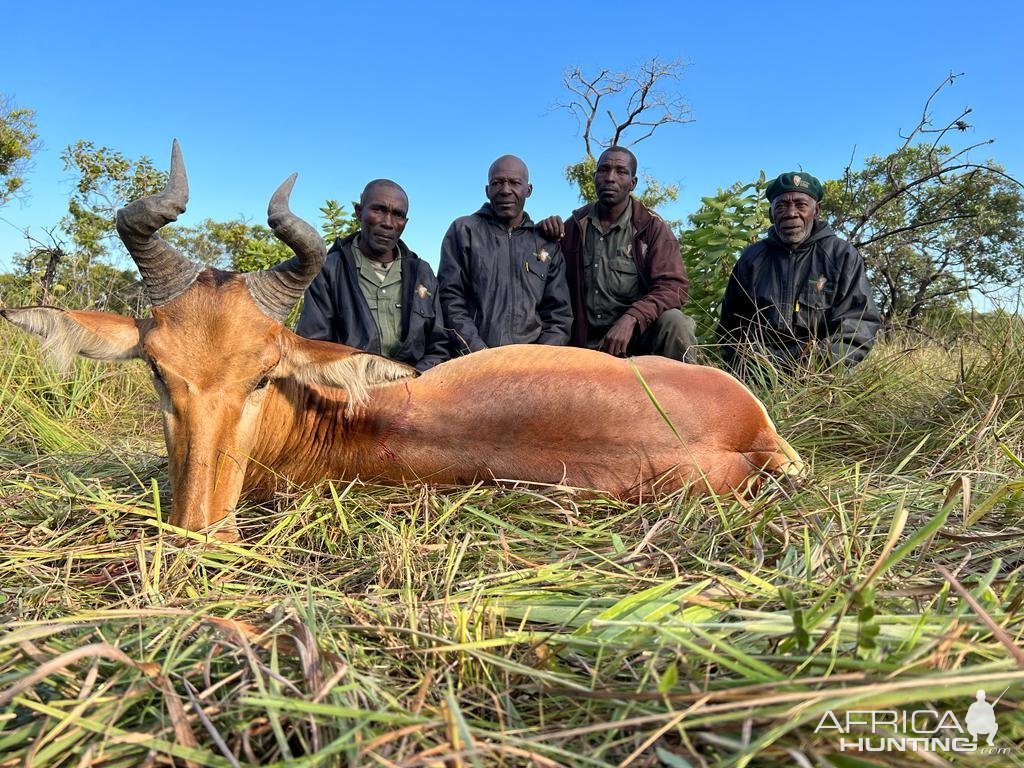
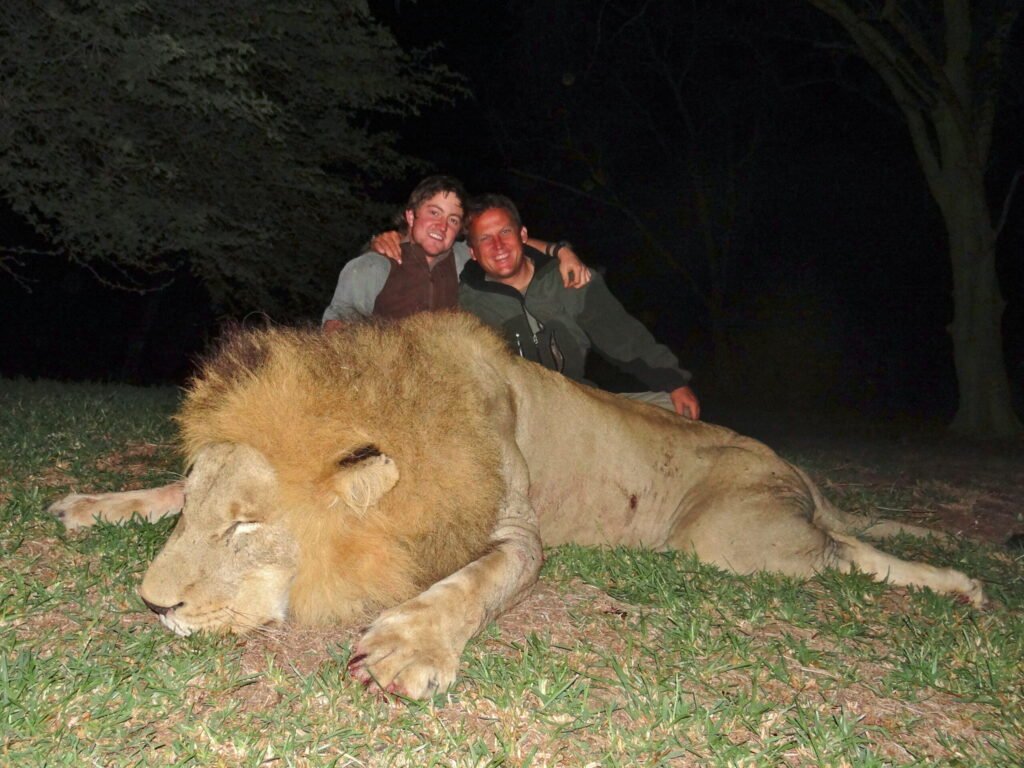

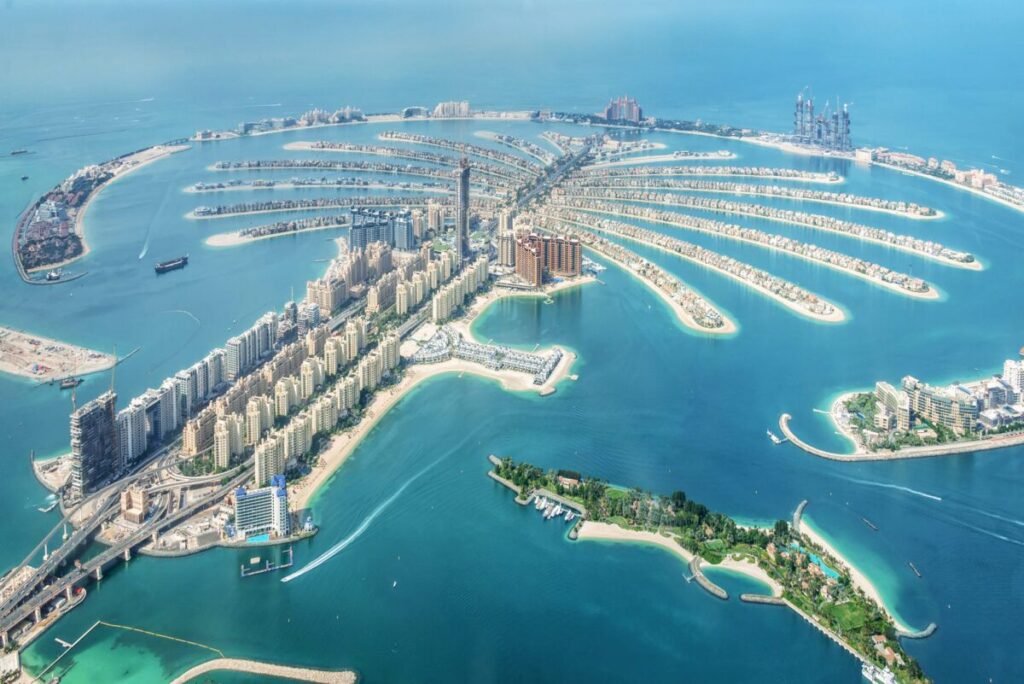
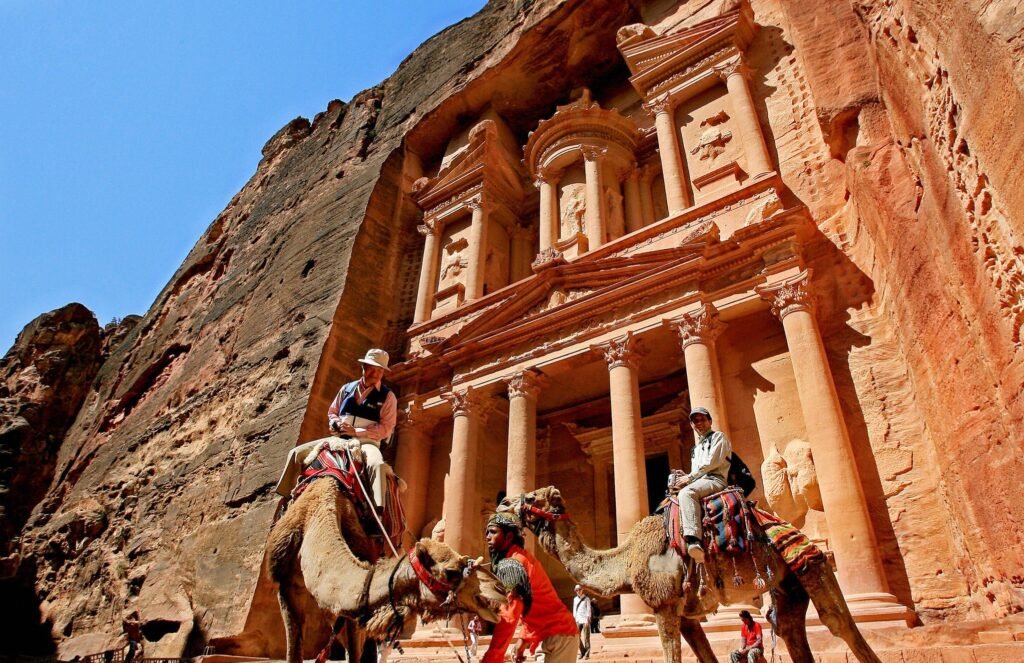
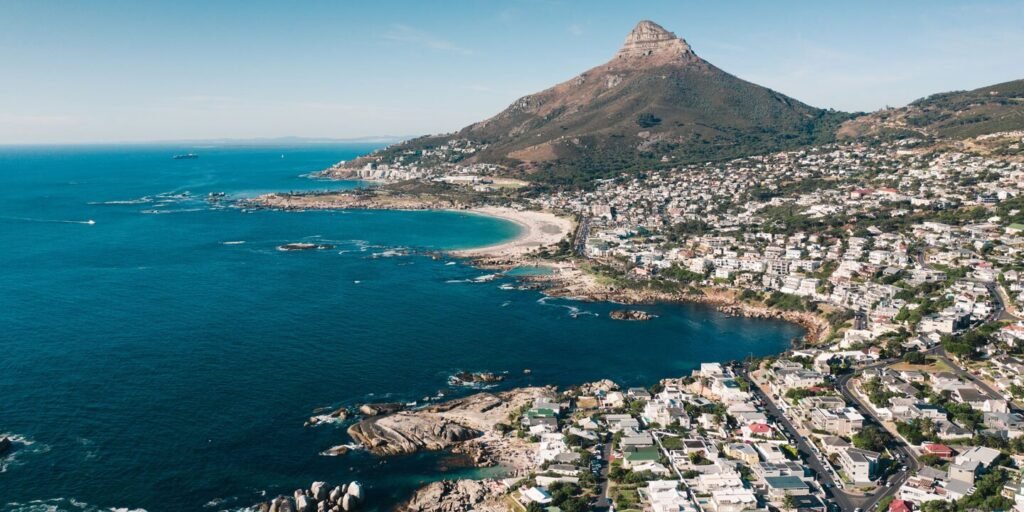
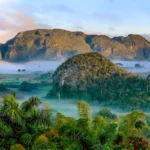
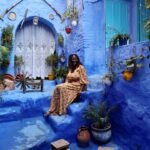
Indulge in sophistication with our black car service for seamless airport transfers to and from Dallas/Fort Worth International Airport. Travel in luxury and comfort aboard our lavish black cars and SUVs, ensuring a stylish arrival. Reserve now to elevate your journey with a refined travel encounter. Count on us for punctuality, reliability, and personalized convenience.